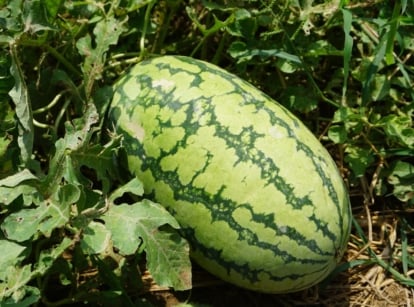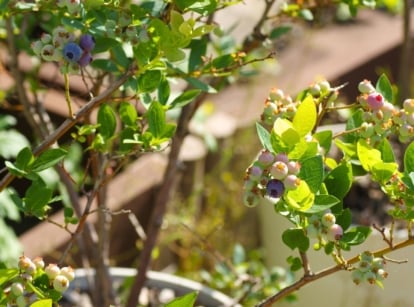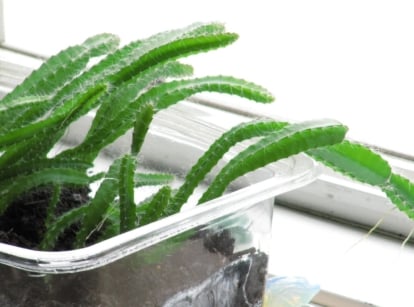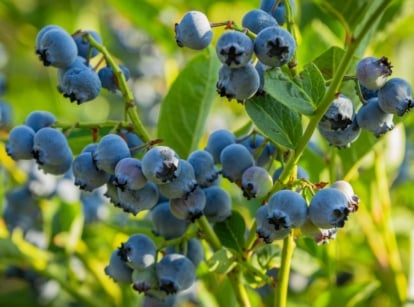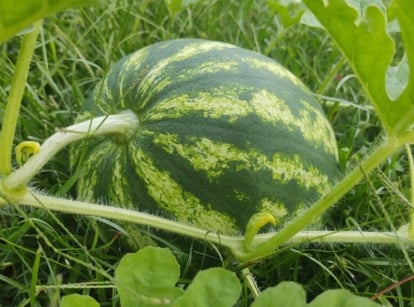
Edimentals: 13 Best Plants That Are Delicious and Pretty
Edimental is a fun word that refers to plants that are both beautiful, or ornamental, and also edible! From veggies to flowers, join gardening expert Melissa Strauss to talk about some plants you can grow to eat and to enjoy looking at.
